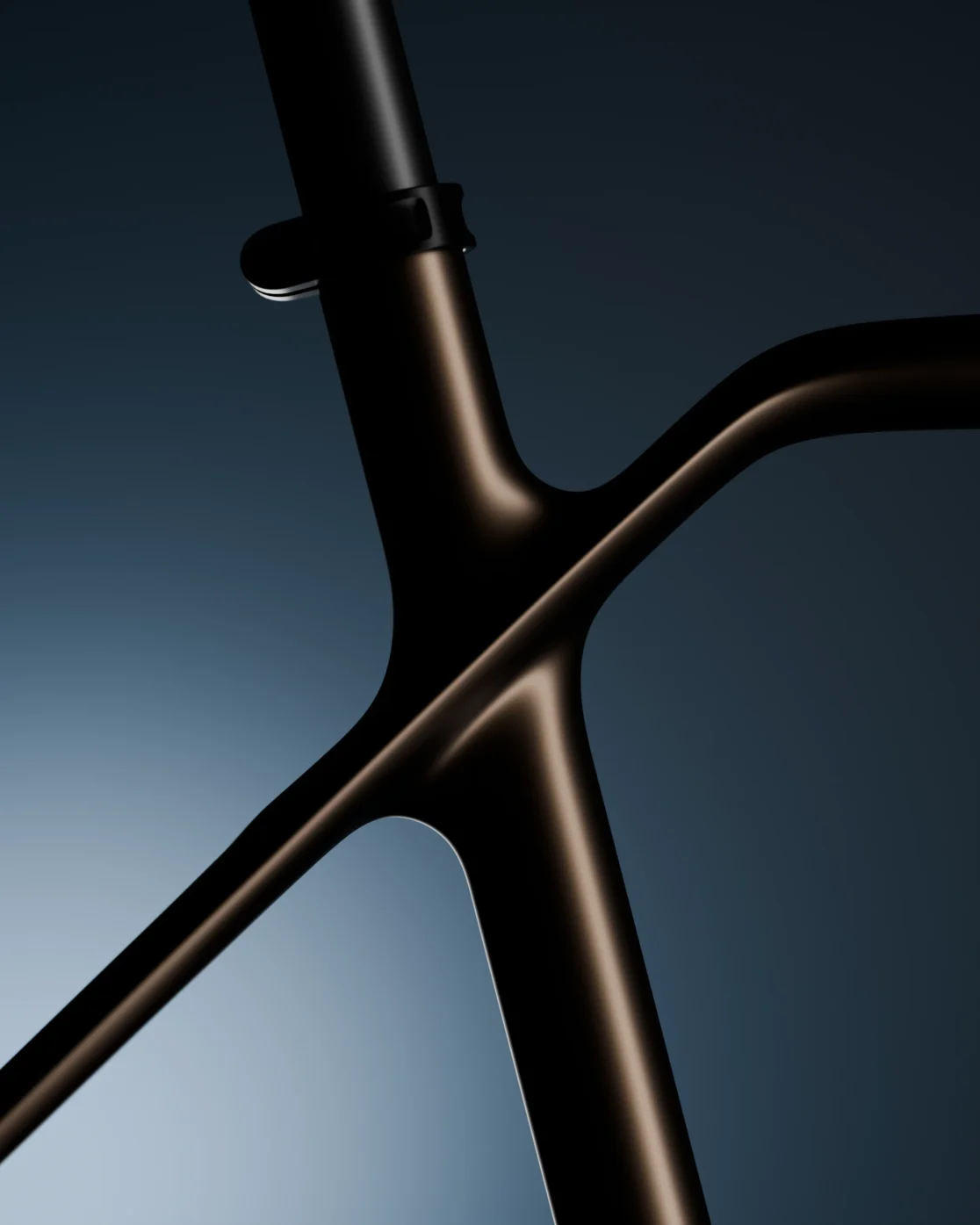Gravel Bike RnD
(Hinge-shaped)
Together with its close relative ginglymoid, these turn up — in the infrequent occasions on which they appear at all, for they are extremely rare — in anatomy. The noun, ginglymus, is a good deal more common.
All derive from the Greek ginglumos, a hinge, and all refer to one of the types of joint found in the skeleton, one that allows movement in one plane only, just as a hinge does; examples are the knee and elbow joints and the joints between the bones of the fingers.
The only example I’ve been able to find in literature of any of these words is in a nineteenth-century short story, The Enthusiast in Anatomy by John Oxenford: “The skeleton lost all patience, and, raising its arm, shook its fist angrily at Tom, who, with his eyes fixed on the elbow, merely shouted his joy, at perceiving the ‘ginglymoid’ movement”.


